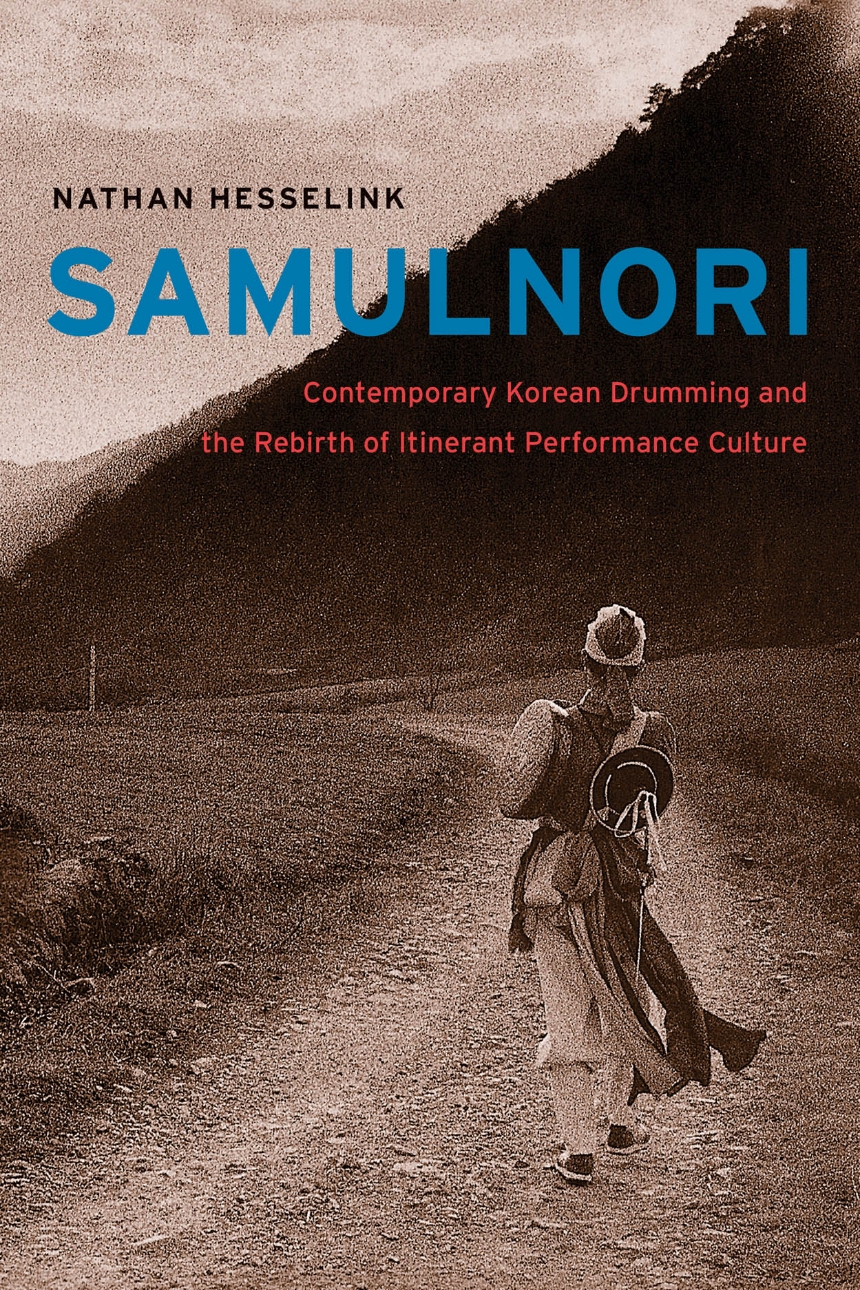SamulNori
Contemporary Korean Drumming and the Rebirth of Itinerant Performance Culture
9780226330983
9780226330976
SamulNori
Contemporary Korean Drumming and the Rebirth of Itinerant Performance Culture
In 1978, four musicians crowded into a cramped basement theater in downtown Seoul, where they, for the first time, brought the rural percussive art of p’ungmul to a burgeoning urban audience. In doing so, they began a decades-long reinvention of tradition, one that would eventually create an entirely new genre of music and a national symbol for Korean culture.
Nathan Hesselink’s SamulNori traces this reinvention through the rise of the Korean supergroup of the same name, analyzing the strategies the group employed to transform a museum-worthy musical form into something that was both contemporary and historically authentic, unveiling an intersection of traditional and modern cultures and the inevitable challenges such a mix entails. Providing everything from musical notation to a history of urban culture in South Korea to an analysis of SamulNori’s teaching materials and collaborations with Euro-American jazz quartet Red Sun, Hesselink offers a deeply researched study that highlights the need for traditions—if they are to survive—to embrace both preservation and innovation.
224 pages | 21 halftones, 1 compact disc, 11 line drawings, 6 tables | 6 x 9 | © 2012
Chicago Studies in Ethnomusicology
Asian Studies: East Asia
Music: Ethnomusicology
Reviews
Table of Contents
List of Illustrations
Acknowledgments
Orthography and Pronunciation
INTRODUCTION
Pŏpko ch’angshin (Preserve the Old While Creating the New): The Challenges of Tradition
Acknowledgments
Orthography and Pronunciation
INTRODUCTION
Pŏpko ch’angshin (Preserve the Old While Creating the New): The Challenges of Tradition
1 The Namsadang: Itinerant Troupe Performance Culture and the Roots of SamulNori
2 Coming to the City: Urbanization, Scale, and New Loci of Cultural Authority
3 On the Road with “Och’ae chilgut”: Stages, Professionalization, and Mediation
4 Cosmological Didacticism: Sacred Geometry and Educational Outreach
5 East-West Encounters in the Nanjang: Hybridity, Red Sun, and Cross-Cultural Collaboration
CONCLUSION
Pŏpko ch’angshin (Preserve the Old While Creating the New): The Meanings of Tradition
Appendix One Minsokkŭkhoe Namsadang (“Folk Theater Association Namsadang”) Founding Members
Appendix Two Major Divisions and Personnel Changes during the First Decade of SamulNori/samul nori Activity
Appendix Three SamulNori Instrumentation
Appendix Four Electronic Media
Appendix Five Contents of the Compact Disc
Bibliography
Index-Glossary
